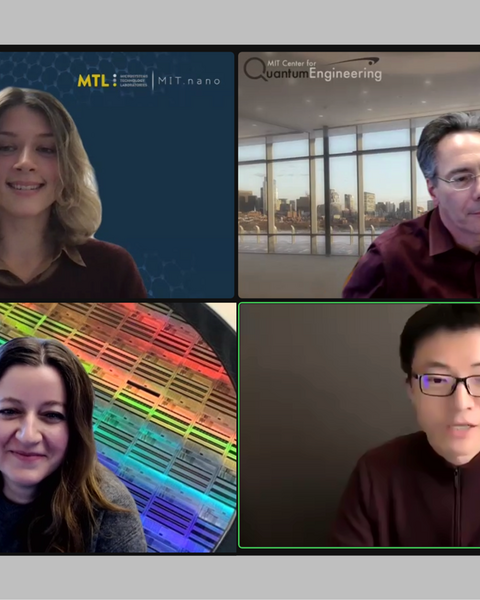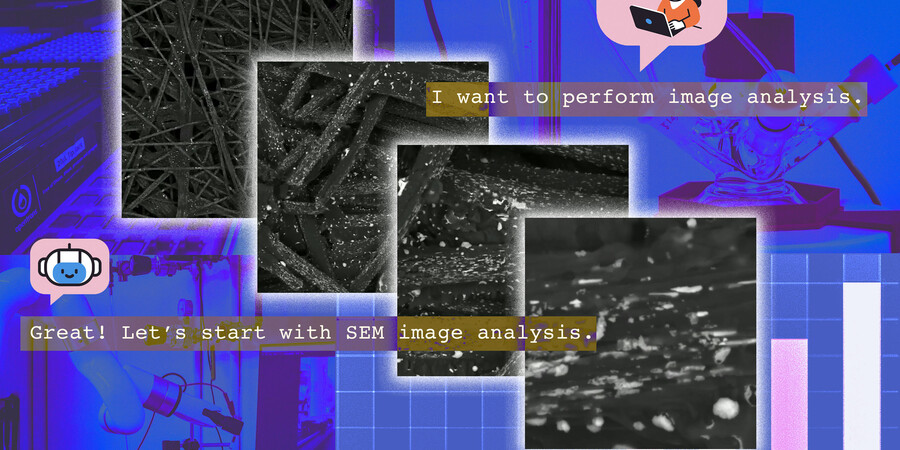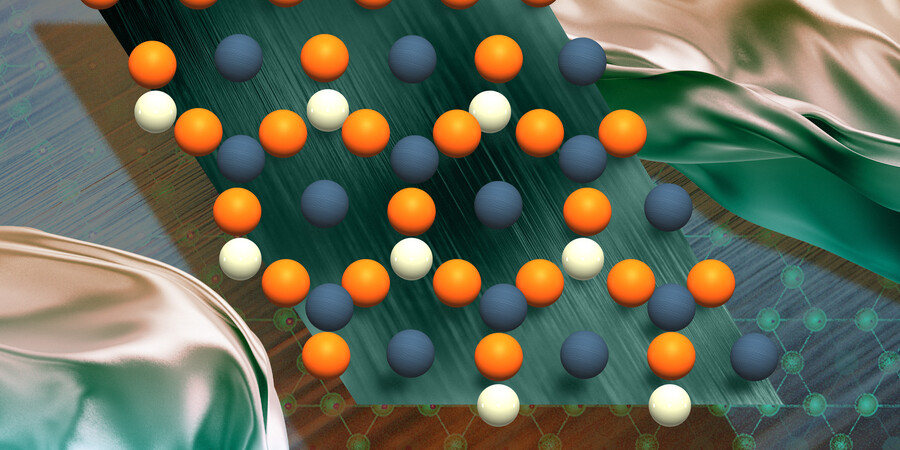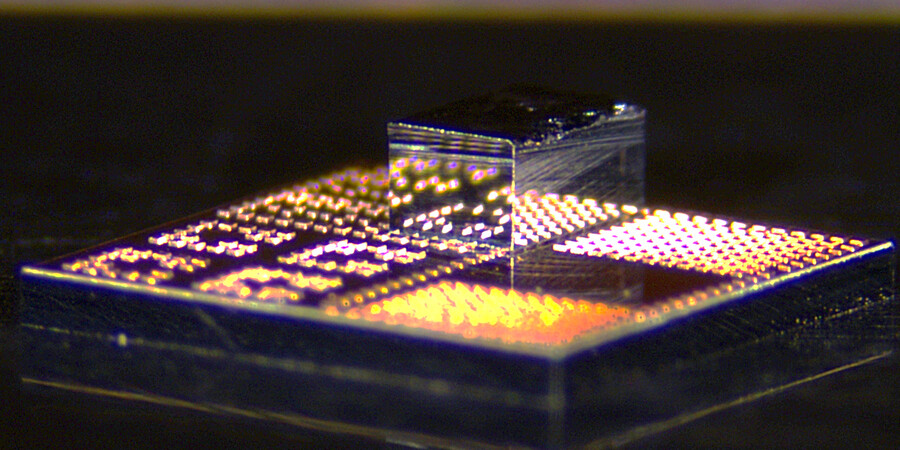Amanda Stoll DiCristofaro | MIT.nano
March 18, 2022
Graduate student co-chairs Jatin Patil and Kruthika Kikkeri had big plans for the 18th annual Microsystems Annual Research Conference (MARC) in January 2022: After last year’s all-virtual event, students, faculty, staff, and industry partners would again be able to gather in person to chart the future of microsystems and nanotechnology.
Then the pandemic took another turn. As the Omicron variant surged and with only three weeks to pivot, Kikkeri and Patil led the 16-person MARC student committee to redirect efforts — swapping campus event space for an online platform, physical poster displays for digital, live research talks for prerecorded presentations, and social gatherings for virtual trivia.
Complete article from MIT News.
Explore
AI System Learns from Many Types of Scientific Information and Runs Experiments to Discover New Materials
Zach Winn | MIT News
The new “CRESt” platform could help find solutions to real-world energy problems that have plagued the materials science and engineering community for decades.
New Tool Makes Generative AI Models More Likely to Create Breakthrough Materials
Zach Winn | MIT News
With SCIGEN, researchers can steer AI models to create materials with exotic properties for applications like quantum computing.
New 3D Chips could Make Electronics Faster and more Energy-Efficient
Adam Zewe | MIT News
The low-cost, scalable technology can seamlessly integrate high-speed gallium nitride transistors onto a standard silicon chip.




